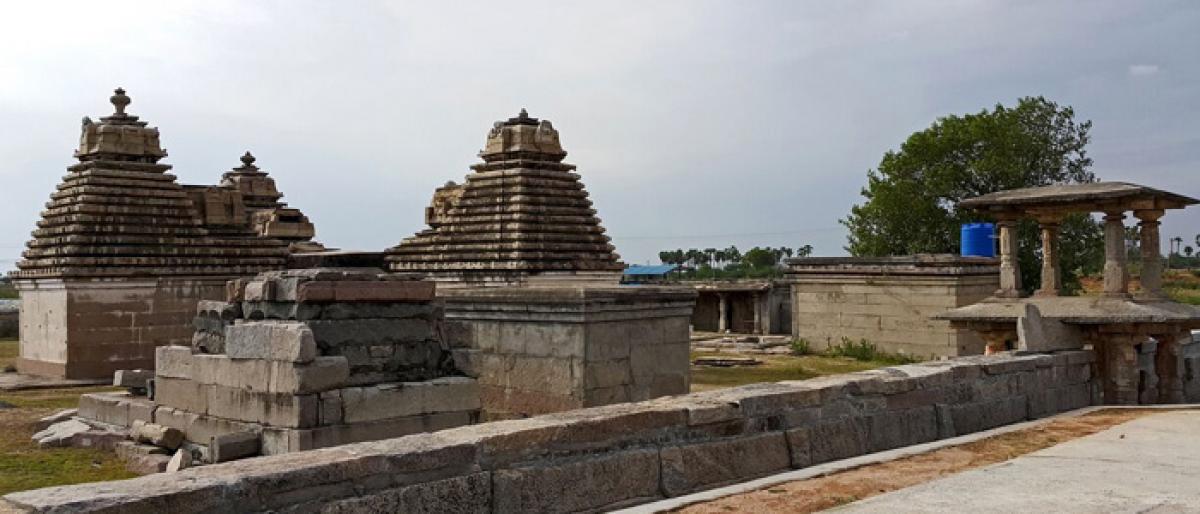Live
- Centre should respect sentiments of Dr Singh's family, Sikh community: Mayawati
- 'Shakti' free travel scheme driving transport department to brink of bankruptcy: K’taka BJP
- India’s current account deficit to remain in 1.2-1.5 pc range of GDP in FY25
- Cooking garlic, onions at high heat may be harmful to your heart: Study
- Apple’s Vision Pro shipments doubled in Q3, AR glasses set to grow in 2025
- APSRTC To Run Special Bus Services for Sankranti Festival
- Vivo X200 Ultra To Launch in March-April 2025 with New Flagships
- Discover the Best Hair Dryers of the Year 2024
- Jaipur LPG tanker blast: Toll touches 20 as another victim succumbs to burns
- True statesman, kind, dedicated public servant: Biden pays tribute to Dr Manmohan Singh









